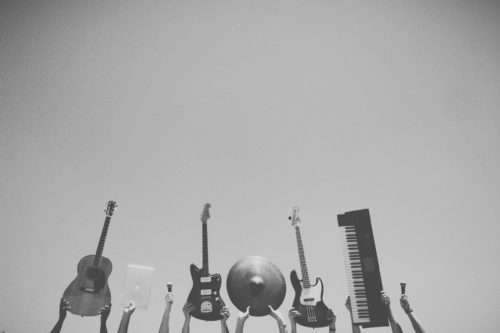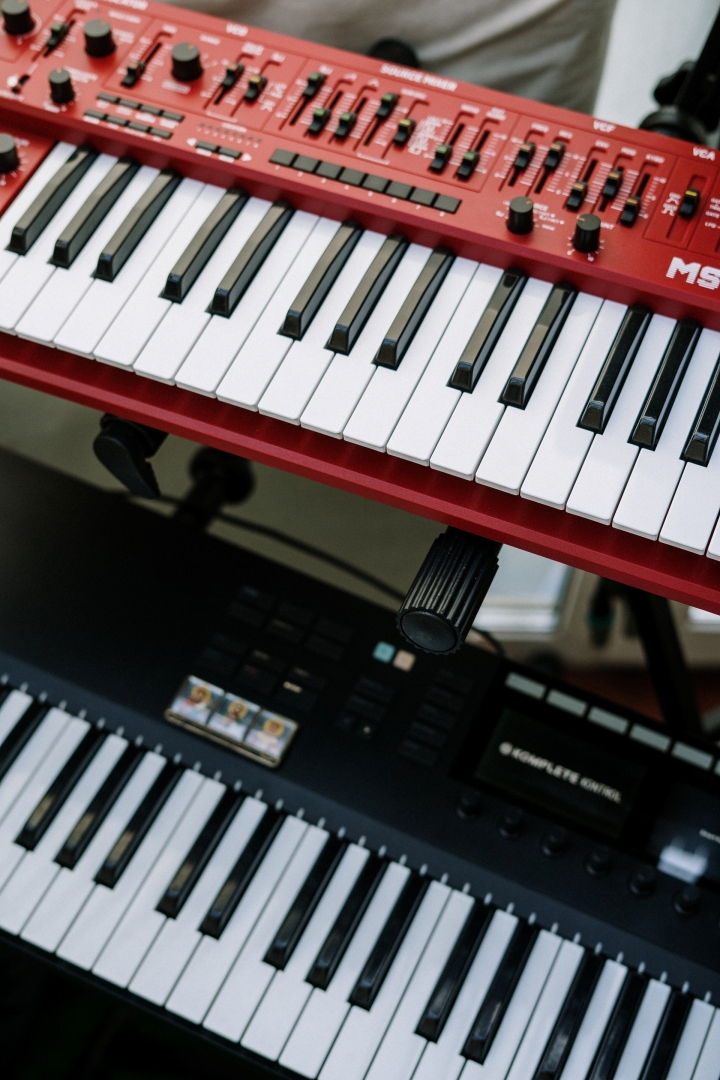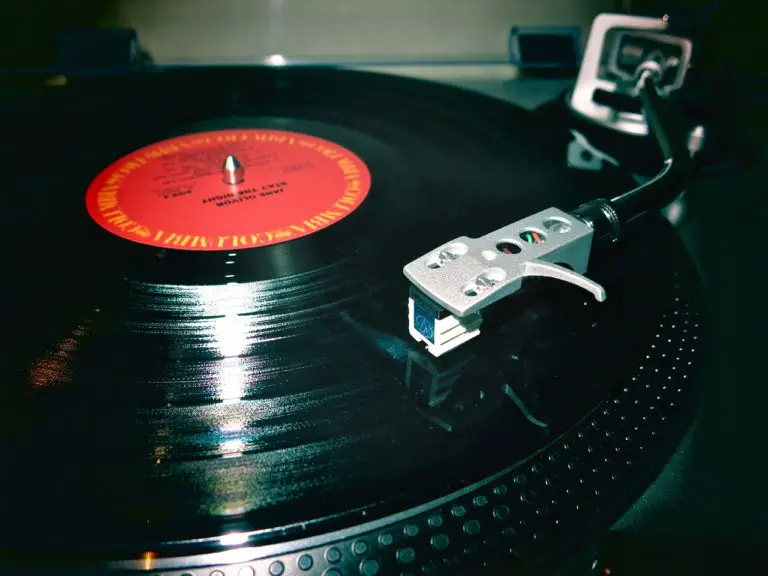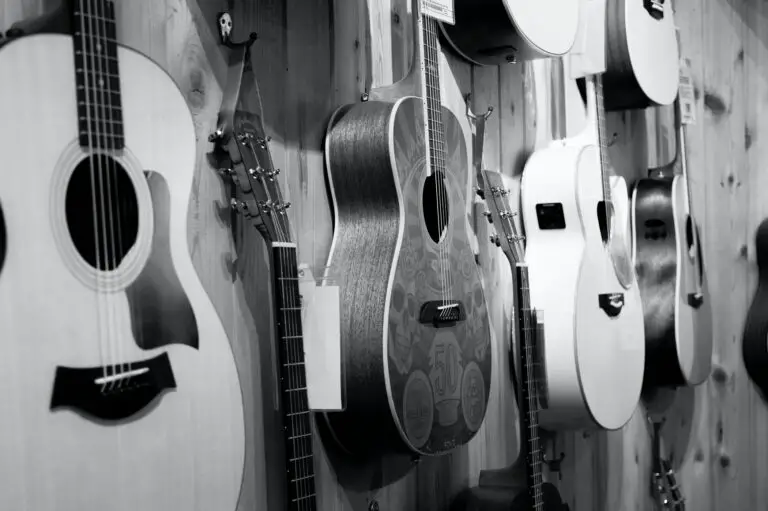How to Understand Music Better (and Read It)
Understanding music better is a profoundly complex but worthwhile process. Some people may want to understand the underlying elements of their favorite music. Others may wish to get a better creative grasp for their songwriting. Whatever your reason is, there are many exciting paths to musical enlightenment.
How can you understand music better?
Learning about music theory, playing a new instrument, or listening to songs with better headphones are just a few ways to understand music better. However one does it, fostering an intimate connection to music offers many mental benefits.
We’ll go over the best, most popular ways to culture yourself.
Benefits of Playing an Instrument
From raising your IQ to improving your memory, plenty of studies say playing an instrument is good for you. Want to understand music better? There’s no better way than learning to play it!
If you go this route, the first step is choosing your instrument. Every instrument provides countless benefits, so there are no wrong choices.
Does Neil Peart’s drum work inspire you? Go with the drums! Do Elton John‘s talents motivate you to play the piano? Go with your heart! If you aren’t ready to commit to a particular instrument, renting or buying used can save you money as you decide.
The next step is learning the basics of your instrument. There are two schools of thought. One says you should research how to play before you touch an instrument.
The other says you should learn to play your instrument before touching a book. Both suggestions have their merits, but the best approach combines both.
If you’re eager to play, there’s no need to wait to mess around and get a feel for the instrument. However, you should use resources like books, online guides, and YouTube videos to get your technique down pat.
Once you get the basics down, you’re free to get as creative as you please.
Can Good Headphones Help You Understand Music Better?
Whether you play an instrument or not, listening to music in greater detail improves your understanding. With quality headphones, you can better hear texture.
This means you can more easily pick out bass notes, time signatures, and little details in the melody. It’s crazy but true: listening to the same song on better headphones opens up new musical layers.
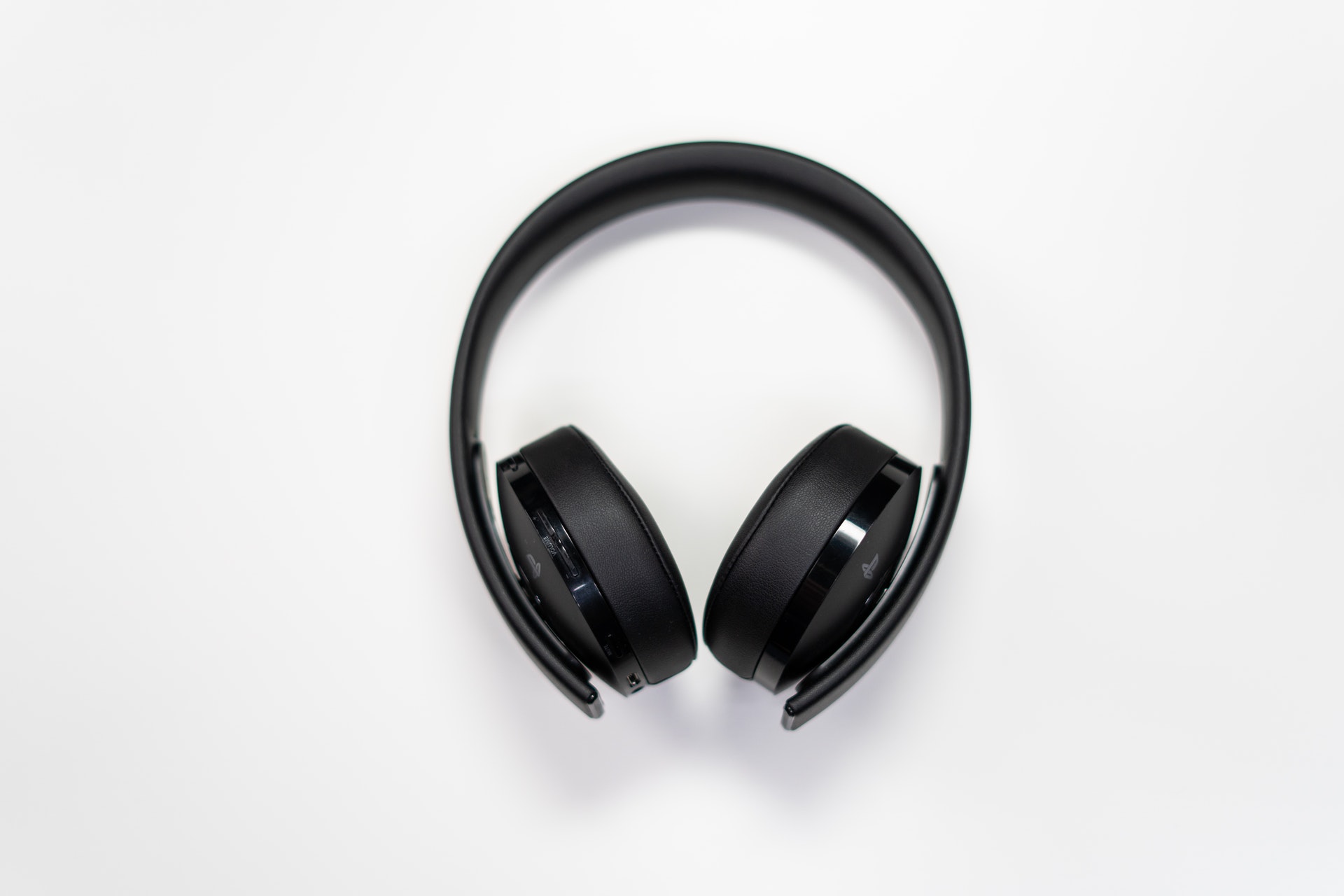
Also, great-sounding headphones make music more enjoyable. It’s not a stretch to say that when you enjoy music more, you listen to it more. The more you listen to music, the more acquainted you become with how it all fits together.
We’re not saying you need to spend hundreds on headphones. The point is that simply listening to music actively is all you need to speak confidently about the elements of music.
If you need more guidance, look to tutorials online about blocking out your environment and zoning in. Like learning a new language, the key to musical comprehension is immersion.
Different Types of Audio Files and Their Quality
Depending on your preferred audio file, you’ll find differing quality. The most common type of file you will listen to through headphones is an MP3.
MP3s are loved because they are relatively small, making them easy to store (in bulk) across many media. Plus, most people are not audiophiles, so that they won’t notice the difference in the quality of the more compressed format of MP3s.
Here are some of the highest quality audio formats known for uncompressed files:
- FLAC – Free Lossless Audio Codec removes chances of lost audio quality. It is a free and open-source file format
- ALAC – Apple’s Lossless Audio Codec that only works for Apple devices. It is also known for no loss of audio quality.
- WAV – Among uncompressed files, you have the .WAV extension. It can be as high as 192 kHz, an incredibly high sample rate.
- AIFF – The Audio Interchange File Format by Apple. These hold no time codes, making them worthless for editing. However, they do maintain a solid audio quality.
- PCM – This stands for Post-Code Modulation and is specific for CDs and DVDs. This was the format of choice until DSD came out.
- DSD – Direct Stream Digital is another uncompressed file format with a high sample rate for quality audio. They are used in modern CDs and can be incredibly large.
Good studio headphones are required to listen to and understand music in these more advanced formats. So even if you have the correct files, you need the equipment to match.
How to Learn To Read Music
Indeed, dozens of renowned musicians can’t read sheet music. Nevertheless, learning to read sheet music is a great way to boost your understanding of music. If you’re looking to bolster your knowledge this way, keep two things in mind: discipline and patience.
If you’re starting from scratch, don’t overwhelm yourself! To fire off “La Campanella” notes like it’s nothing, you need to be comfortable with “Twinkle Twinkle Little Star”. In other words, start slowly and learn the basics! Some techniques include:
- Using mental tricks to memorize the staff
- Timing yourself playing simple melodies with a metronome. Gradually increase the BPM.
- Playing more difficult measures over and over. And over again.
- Finding sheet music for songs you enjoy. Engagement accelerates learning.
Sheet music conveys more than melody. Reading it proficiently allows you to see the nuance of notes. You can observe all the elements of music wrapped up on a clean sheet.
You can see how different types of notes fit into measures and how time signature affects the structure of a song. Most importantly, you’ll see how melodies move through space.
When you become proficient in reading sheet music, you’ll notice a lot of cool things happen. You’ll be able to hear songs just by looking at a sheet of paper. On the other end, you may learn to transcribe songs you hear mentally. For visual learners, this means that reading sheet music moves the experience of sound to their preferred format.
Here are some tips you can take with you:
Understanding the Staff
The staff is an arrangement of five parallel lines with significant gaps. Each line represents a different note played in a specific key signature. As you will see in our next section on clefs, the signature varies by pitch.
The staff also includes a time signature dictated by two sets of numbers on the left half of the clef. The time signature tells you how many beats you can expect per bar. The simple time signature is 4/4, dictating four beats within a bar.
Different Music Clefs in Reading Music
There are four significant types of clefs you will see in most sheet music:
- Treble clef – a g-clef that is the most common type learned by music students the first time and placed on the second line from the bottom. Violins, flutes, clarinets, and guitars use these.
- Bass clef – an f-clef on the fourth line of the sheet music. Both baritone voices and bass guitars use this clef for sheet music.
- Alto clef – this c-clef is found on the third line and is typical for violas. You can sometimes find it in keyboard music.
- Tenor clef – the tenor clef is on the fourth line of the stave and best for upper ranges of cellos, double bass instruments, and tenor trombones. You might also see it used in vocal music.
Tablature is an alternative to sheet music reading, a simplistic form of how guitarists remember songs.
Understanding Notes and Signs
Notes are broken down into multiple sections that combine between three and four elements:
- The note head – The oval circle located at the bottom of the note tells the player which notes to play
- The stem – A long line coming from the head that has no effect on the overall note
- The flag – A flag always faces right on the top (or bottom) end of the stem. If flags connect multiple stems, you drag the two notes into one.
Notes are also further dictated by a flat or sharp sign’s potential. You might also see a natural sign, but those are less common.
Sharps are meant to play a half-step higher, while flats are a half-step in the opposite direction. Flats are a malformed “b” while sharps look like a warped hashtag (or pound signal if you are old) “#.”
Naturals are redundant, as it is a reminder to keep the note where it is. Much of these are aspects you can study as part of music theory.
Why Music Theory is Important
Humans started playing instruments long before they applied any “theory.” It’s just that, eventually, human curiosity beckoned the question: “How and why do these notes fit together?”
Understanding music theory is a shortcut to knowing what notes and chords sound good. It’s enormously helpful for songwriters because it allows piggybacking off existing discoveries. In a nutshell, music theory provides an understanding of intervals, harmony, and rhythm that will enable you to understand how any instrument works.
Without music theory, a piano can be an overwhelming mess of keys. Picking up and playing the violin will sound cacophonic and unpleasant. If you’re a guitarist, you have to learn your scales.
Ultimately, you don’t need to be a music theory expert to understand or play music well. Nevertheless, learning some of the basics will give you a level of comprehension greater than the average person. And you may be able to impress people by picking up an instrument you’ve never touched and sounding decent.
Here are some tips to help you get started with music theory:
- Have an instrument on hand
- Repeatedly practice playing through pentatonic scales
- Try visualizing the space between notes
- Advance to diatonic scales (major and minor, for example) and play through them repeatedly
- Familiarize yourself with the chords of the major and minor scale
Of course, these are just the barest of the bare basics of music theory. Nevertheless, they’ll catapult your understanding of music as you expand on them.
How to Play by Ear
What do Jimi Hendrix, Eric Clapton, and The Beatles have in common? They’re all ear-trained musicians who never learned to read a lick of sheet music. You can develop a comprehensive understanding of music with only your ears and intuition.
You don’t need to pay a cent for lessons to learn to play by ear. Many methods allow you to play any song you wish on any instrument.
The most important virtue of ear training is patience. First, learn the key to a song you intend to play. You can do this by trial and error, in which you play every note of the chromatic scale until it “sounds right.”
Many artists would continuously rewind tapes to get every note down back in the day. Once they’d get it down, they could remember the chord shapes and patterns to play the songs.
You can hasten this process, though. This is where a tiny bit of music theory knowledge comes in handy. By learning the major, minor, and pentatonic scales, figuring out a song’s notes becomes automatic once you’ve identified the root note.
Understanding Music FAQs
What are the Benefits of Listening to Music?
People don’t revere listening to music the same way as exercising and reading, but maybe it’s time for that to change. Listening to music has many benefits for your mental health, concentration, and even your heart. Additionally, listening to music may:
- Improve mood, thanks to a dopamine hit from the music we enjoy
- Ease pain by providing a pleasant, distracting stimulus
- Improve workout endurance through the scientific process of getting us pumped
- Reduce stress simply because we like it
Most of the benefits stem from our enjoyment of music. Based on the research, “do what you love” is a good line of advice, as long as what you love isn’t harmful.
Does Playing an Instrument Make You Smarter?
Plenty of people parrot the idea that playing an instrument raises your IQ, but is there any truth to this?
Surprisingly, yes! According to numerous studies, those who played musical instruments showed “enhanced cognitive function” in general. Other studies suggest that playing an instrument causes a boost in mental sharpness. One study of 4,600 participants showed an IQ increase of 9 points in adults after taking up “music-making” as a hobby during COVID-19 lockdown.
Conclusion
There is no sole path to developing a unique understanding of music. You can learn to read sheet music, play an instrument, or astutely pick out musical elements in your favorite songs. But you don’t need to do all of these things to hone your comprehension.
Despite what you may hear, there are no “rules” in music. Even music theory is just a set of suggestions that any confident musician can accept or decline. Understanding music comes down to one thing only: enjoying music. As long as you possess the passion for making music an integral part of your life, nothing can stop you from further acquainting yourself with it.
